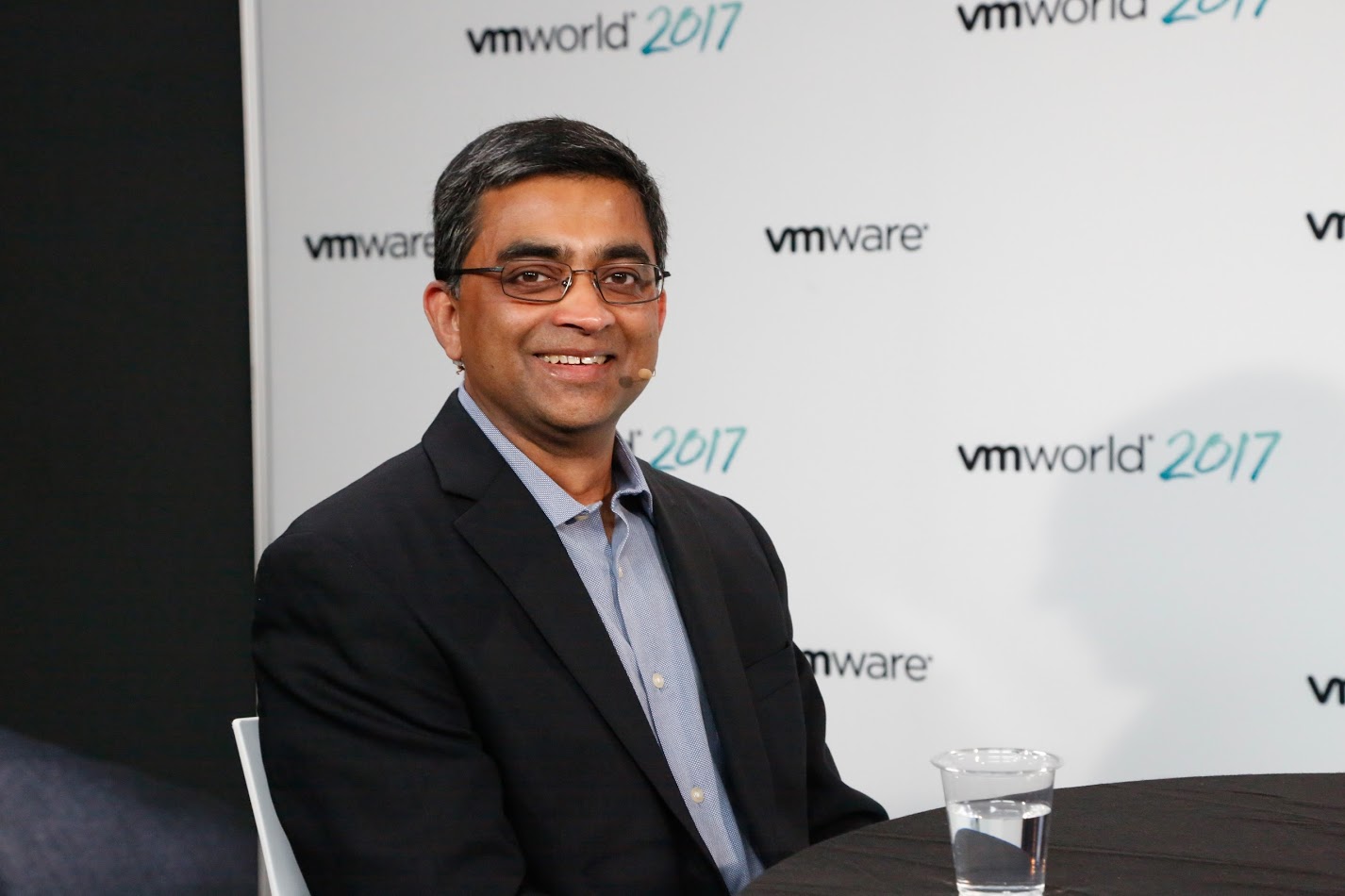 INFRA
INFRA
 INFRA
INFRA
 INFRA
INFRA
The Dell EMC merger sent shockwaves through the tech community last year. Now, the two companies have joined their powers and settled their customers. The result is a hardware and software giant ready to take on the future, and the company has already set in motion plans for that future, according to Sudhir Srinivasan (pictured), senior vice president and chief technical officer, Storage Division, at Dell EMC.
“When the merger was announced, there was a lot of skepticism in the customer base. I think a year into it, people started seeing some signs of “better together,” Srinivasan said.
Srinivasan was speaking with Lisa Martin (@LisaDaliMartin) and Stu Miniman (@stu), co-hosts of theCUBE, SiliconANGLE’s mobile livestreaming studio, during the VMworld conference in Las Vegas, Nevada. They discussed the Dell EMC merger, how it benefits customers and new strategies.
The Dell EMC merger set off a bit of grumbling amongst customers. No one was really sure how the merger would work out. Now, a year later, people are responding well to the combination of the two industry giants, according to Srinivasan. The key is how the company’s products come together in a combined solution. For Dell EMC and its customers, it’s a new age of integration.
“It’s really hard to cover the entire spectrum of workloads, use cases, with a single widget,” Srinivasan said. “I acknowledge … that there is perhaps more in the portfolio right now than perhaps is needed.” But, he added, Dell EMC has been working to simplify that portfolio to avoid confusing customers, and these efforts should bear fruit next year.
Along with its portfolio, Dell EMC has a number of innovations in the pipeline. While most aren’t ready for daylight, Srinivasan was willing to mention they relate to Dell EMC products and the refreshed portfolio. “We’re constantly innovating. It’s more like a rolling thunder than a big bang,” he said.
As for the storage business itself, change is coming. For one, there are new media in the form of Non-Volatile Memory express technology or NVM. Storage consumption models are also adjusting to the cloud and related technologies. Finally, a new wave of applications are producing whole new classes of data, which change the requirements for storage systems, Srinivasan concluded.
Watch the complete video interview below, and be sure to check out more of SiliconANGLE’s and theCUBE’s coverage of VMworld 2017. (* Disclosure: TheCUBE is a paid media partner for VMworld 2017. Neither VMware Inc. nor Dell EMC have editorial control over content on theCUBE or SiliconANGLE.)
Support our mission to keep content open and free by engaging with theCUBE community. Join theCUBE’s Alumni Trust Network, where technology leaders connect, share intelligence and create opportunities.
Founded by tech visionaries John Furrier and Dave Vellante, SiliconANGLE Media has built a dynamic ecosystem of industry-leading digital media brands that reach 15+ million elite tech professionals. Our new proprietary theCUBE AI Video Cloud is breaking ground in audience interaction, leveraging theCUBEai.com neural network to help technology companies make data-driven decisions and stay at the forefront of industry conversations.